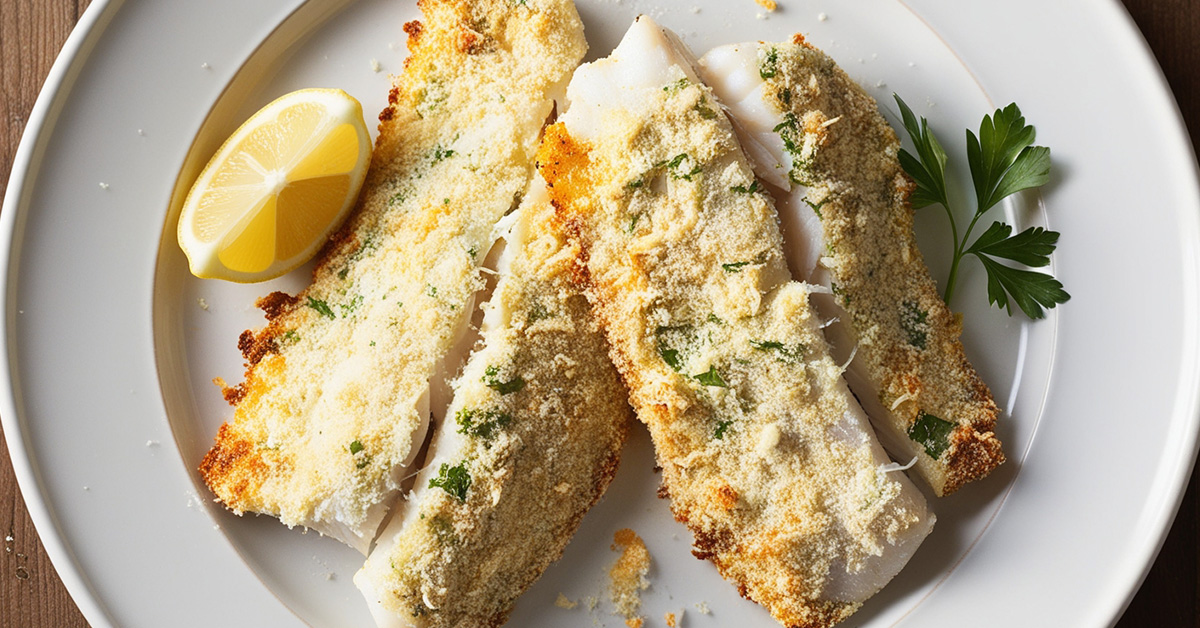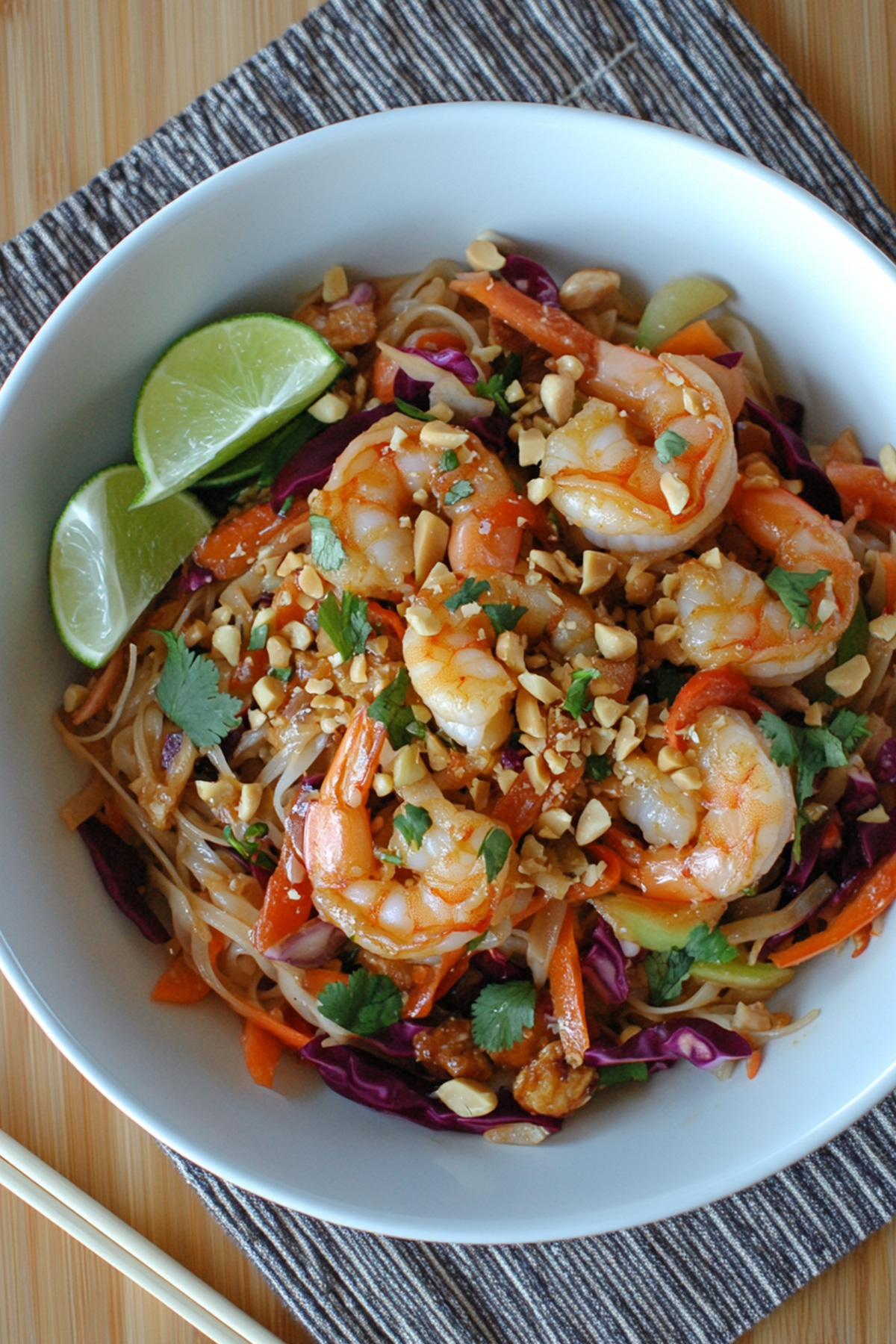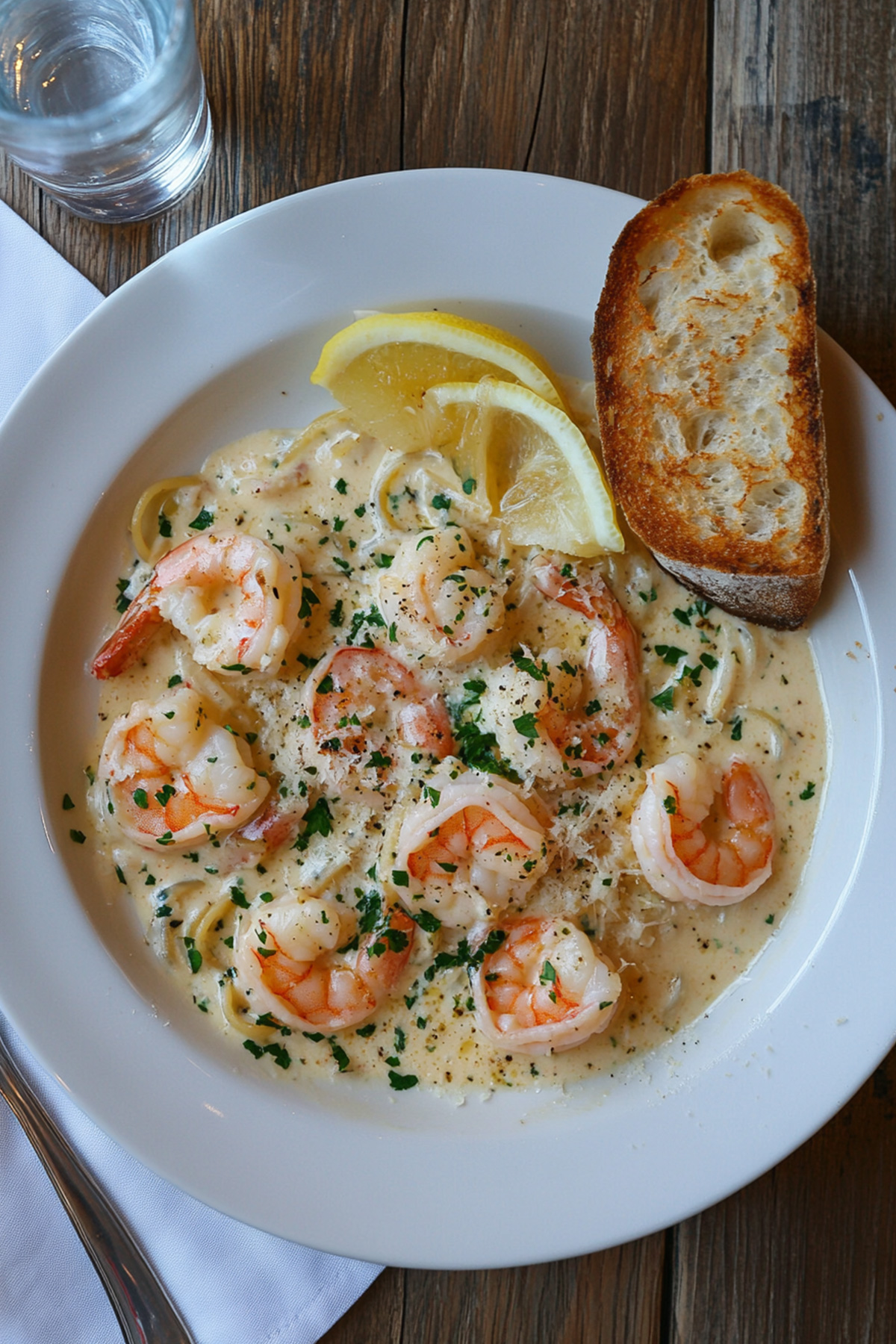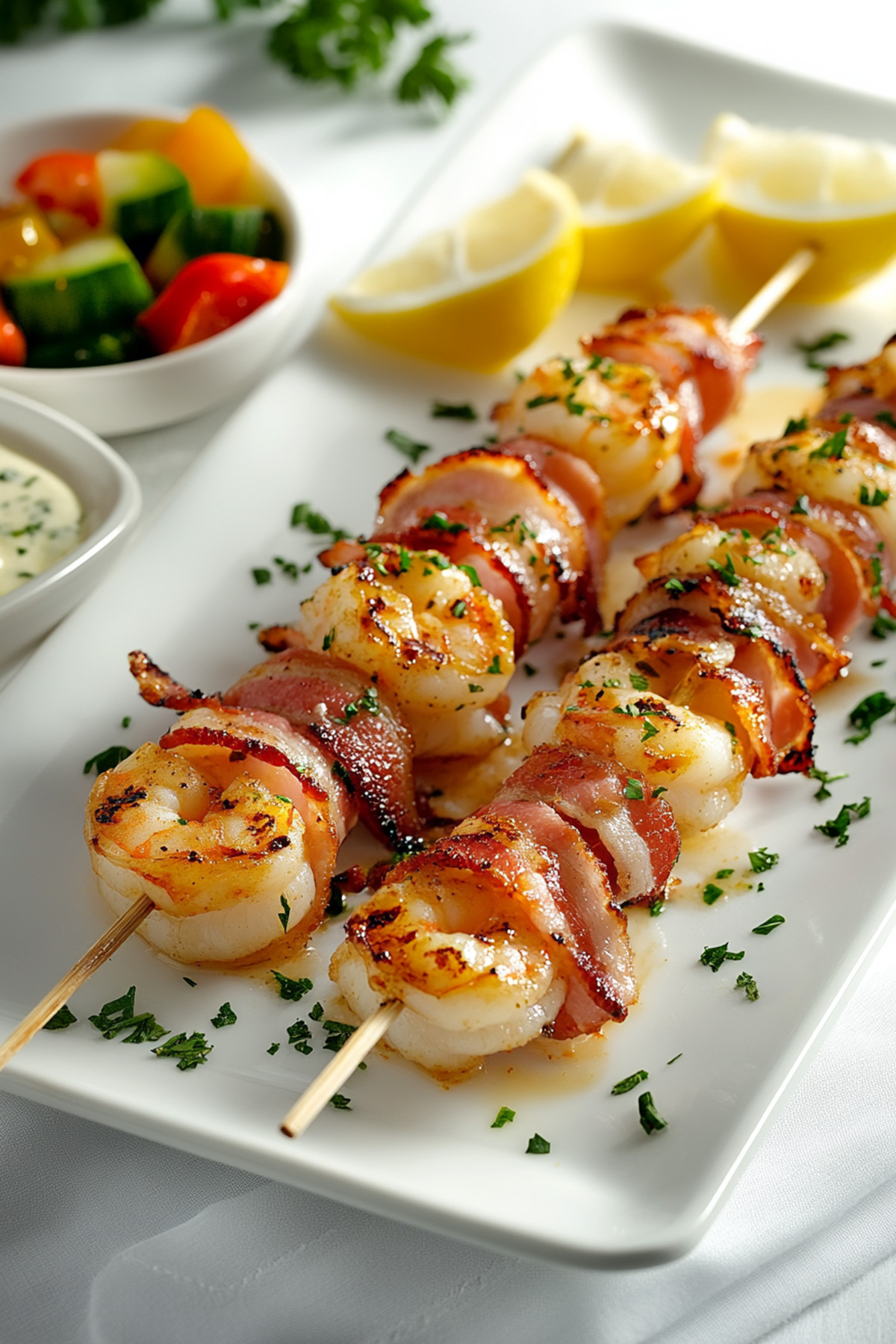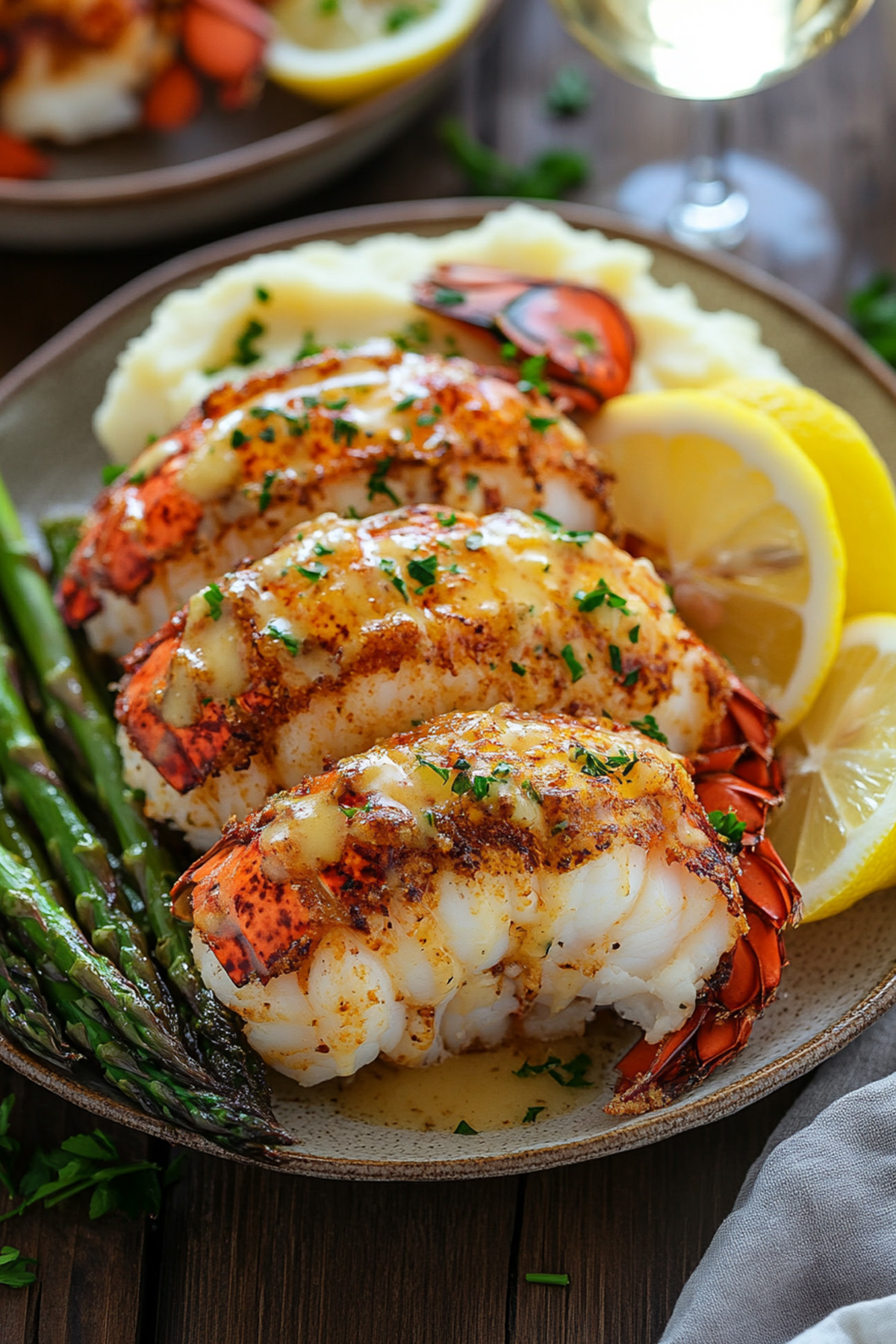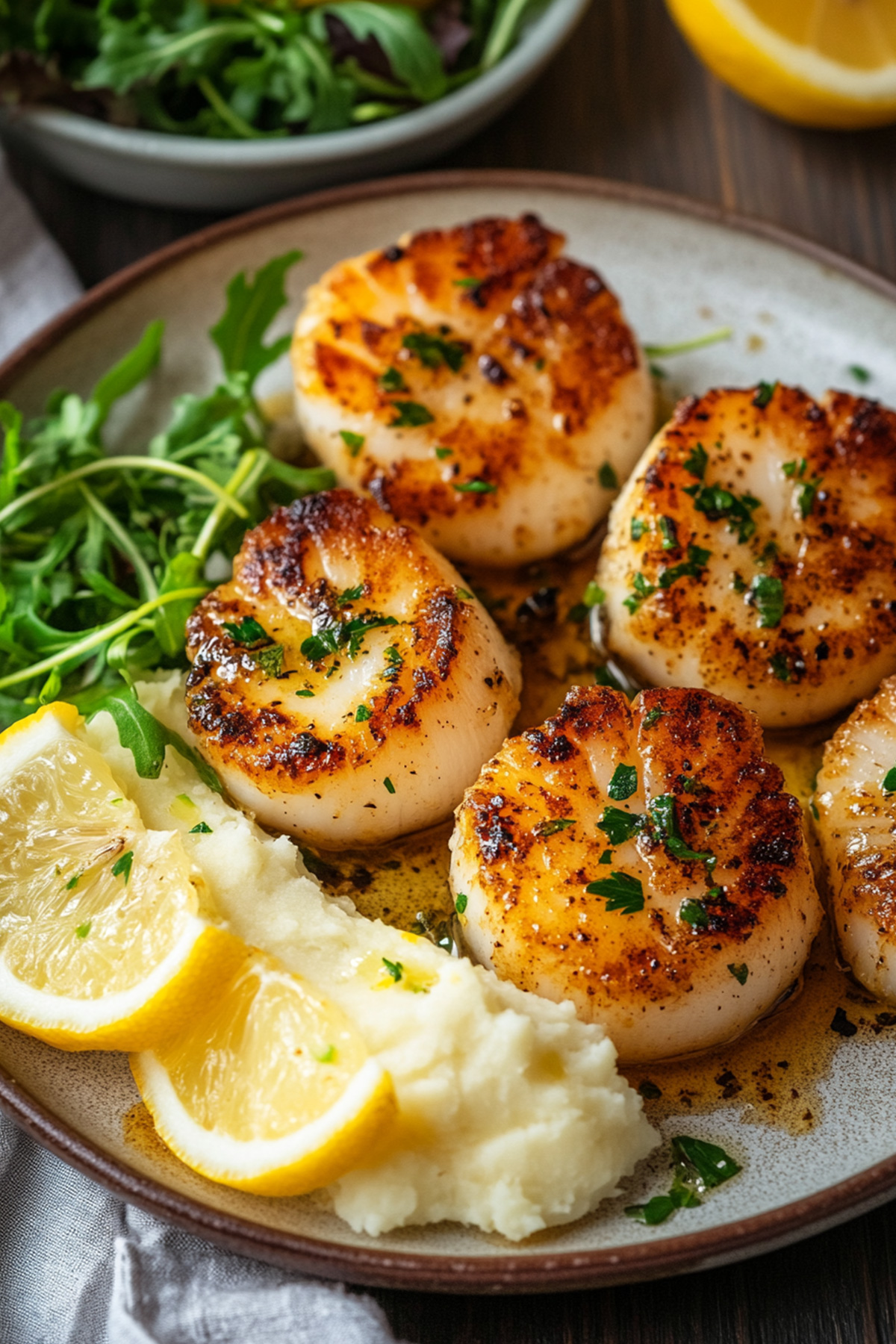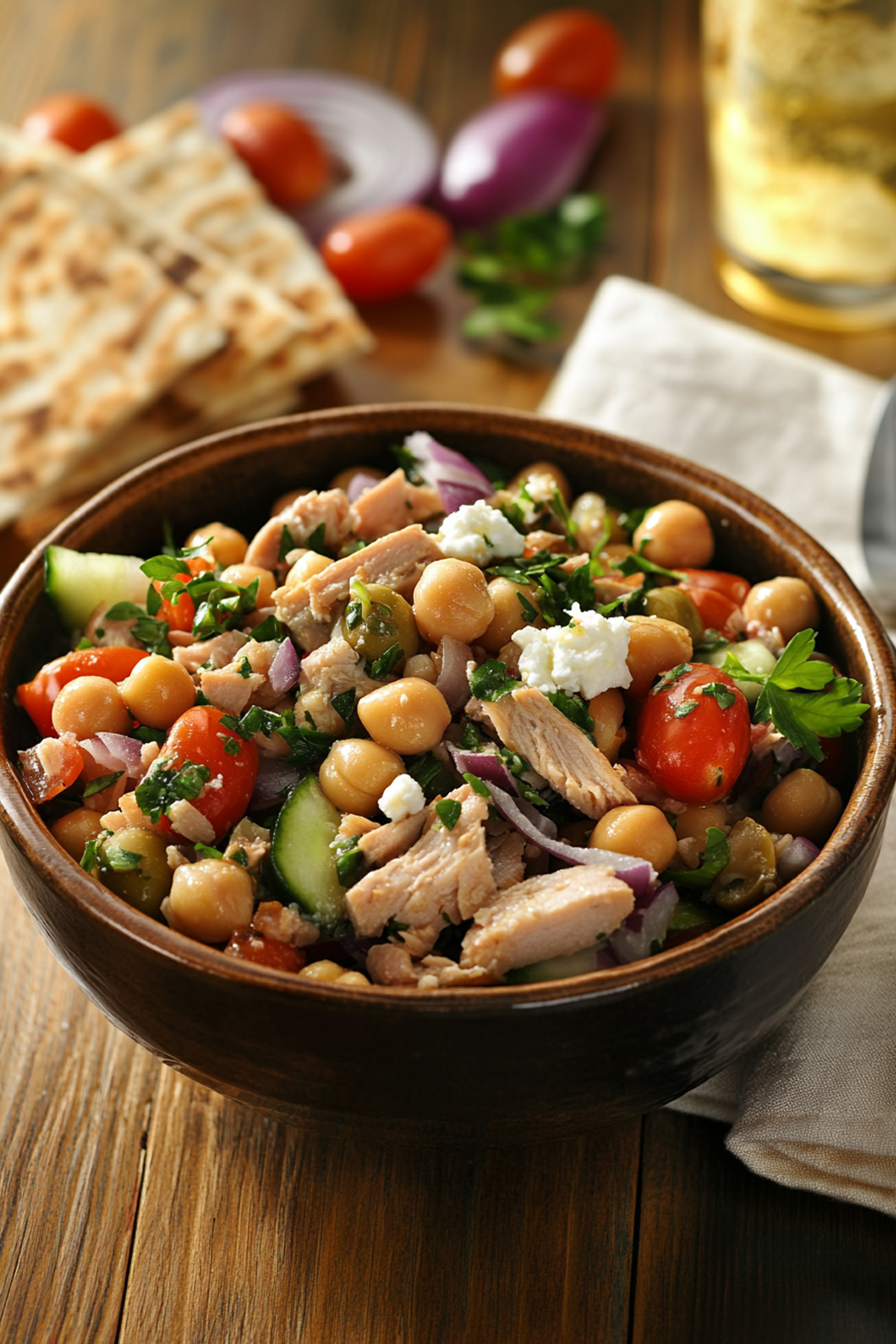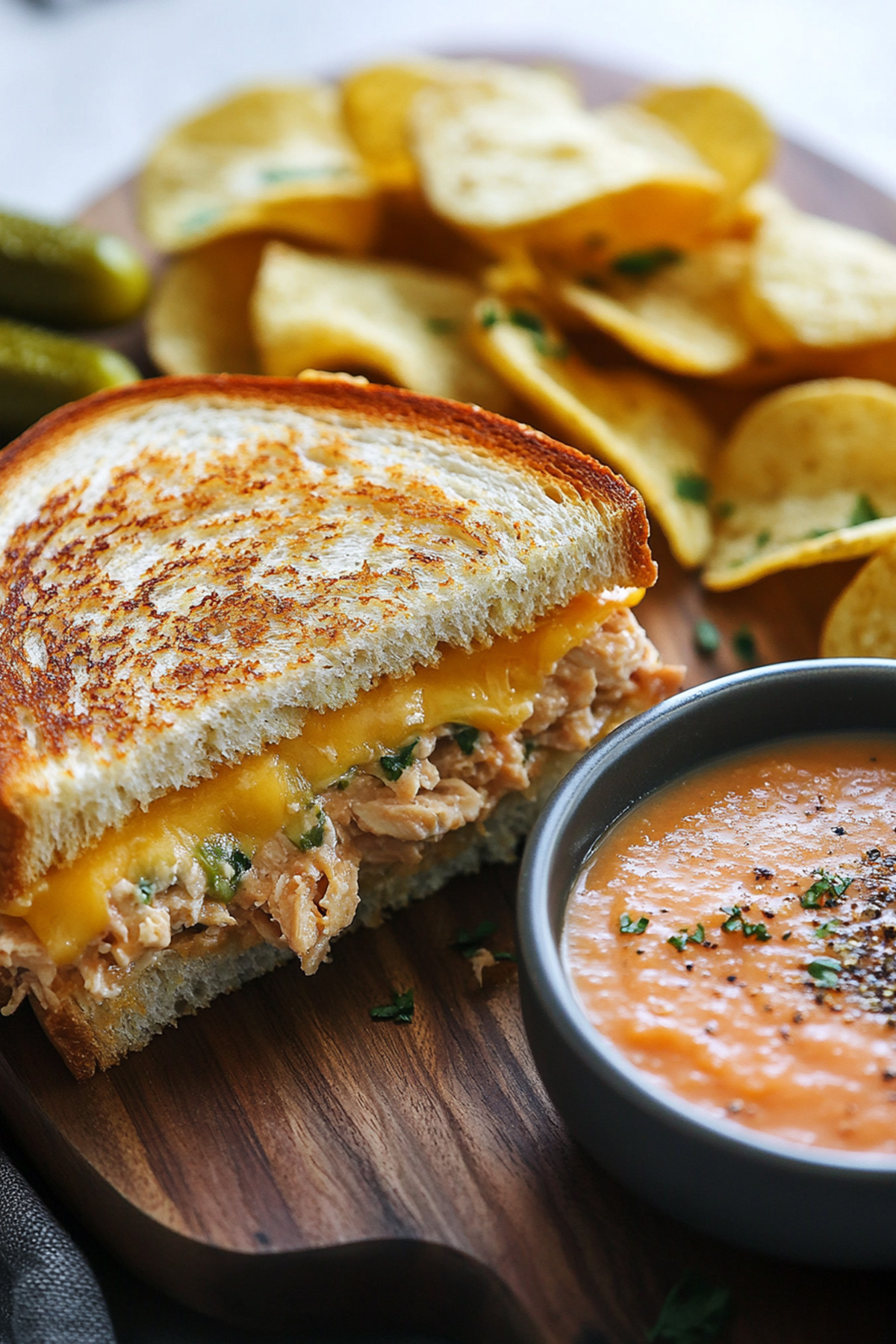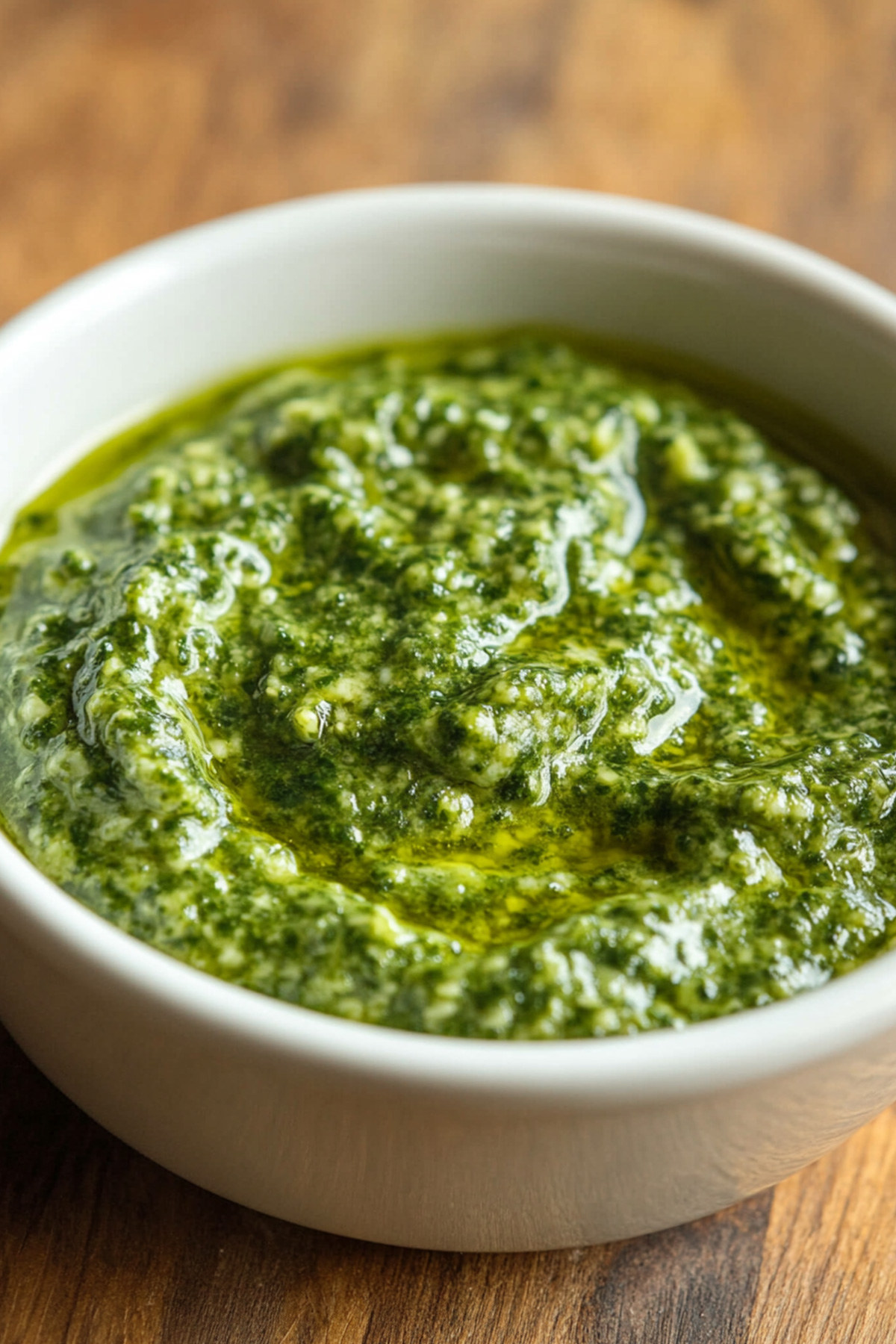Disclosure: As an Amazon Associate and participant in other affiliate programs, we earn from qualifying purchases. We only recommend products we believe will provide value to our readers.
This recipe helps you make restaurant-quality crispy fried pollock fish at home. Simple ingredients and proven techniques create the perfect golden-brown crust with a flaky interior. Pollock’s mild and slightly sweet flavor makes it a great choice for any cook.
Let’s help you become skilled at pan frying fish with this guide to pollock fish success. The steps include proper preparation, expert frying methods, and techniques to achieve that crispy coating. You’ll also find tips about selecting fresh pollock and understand its nutritional benefits.
Table of Contents
Understanding Pollock Fish
Pollock fish stands out as one of the most versatile members of the cod family. You’ll find two main types: Atlantic Pollock and Pacific (or Alaskan) Pollock. The Pacific variety runs a bit smaller but tastes just as good.
Let me tell you about a pollock’s unique features:
- Their speckled markings make them different from cod
- A beautiful greenish-black color sits below their silvery lateral line
- They sport a small chin barbel that looks like cat whiskers
- Commercial catches usually bring in fish between 12-20 inches
These fascinating creatures love swimming together in massive schools, usually 300-1000 feet deep. The fish head to shallower waters during spring to feed and breed. Winter drives them back to deeper, warmer spots.
The sort of thing I love about cooking with pollock is its gentle, delicate taste. You get white flesh that breaks into large flakes with a slightly rough texture. It tastes like cod or haddock but milder, which makes it perfect for your favorite fried fish dishes. Pollock’s low oil content will give a crispy outside and keep the inside tender after frying.
Restaurants worldwide have embraced pollock because it tastes great and stays budget-friendly. The fish ranks among the most sustainably managed species, especially in Alaskan waters. Their fishing operations maintain an impressive record with all but one of these catches staying under 1% bycatch rate.
Read also: How to make Fried Cod Recipe
Why Choose Pollock for Pan Fried Fish
Need a fantastic fish to cook for dinner tonight? Pollock might be your best bet to pan fry. This adaptable white fish delivers a perfect balance of flavor and texture that creates crispy, golden-brown filets.
Let me tell you why pollock is such a great choice to fry:
- Its taste is milder than cod, so you can play around with seasonings
- The flaky texture stays intact during cooking
- You’ll save money without cutting corners on quality
- Mercury levels are nowhere near other fish types
- Wild-caught sources will give a better quality and taste
Pollock’s tender yet firm texture creates an amazing contrast between the crispy outside and juicy inside at the time you pan fry it. The fish keeps its shape nicely while cooking, but you should keep an eye on the timing to avoid overcooking.
Health-conscious cooks can enjoy pollock’s impressive nutritional perks with minimal calories. Each 100 grams packs 19 grams of protein with just 92 calories, so you get maximum nutrition without extra fat. Zero carbs make this fish perfect to fit different eating plans.
Pollock’s natural moisture content makes it special to fry. The fish stays juicy after frying while developing that amazing crispy exterior. The mild flavor lets you try different batters and seasonings that won’t overpower the fish’s natural taste.
Home chefs who care about sustainability will love that pollock ranks among the most responsibly harvested seafood options accessible to more people. The fish comes exclusively from wild catches, so you won’t find any antibiotics or farming chemicals in your meal.
If you want to try a Baked Pollock, check out our article on How to Bake Pollock Fish
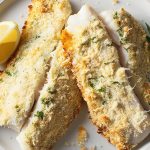
Crispy Fried Pollock Fish Recipe
- Total Time: 25 minutes
Description
Want to master crispy fried pollock at home? Our recipe delivers a golden crunch on the outside and tender flakes of fish inside. The magic happens through double-coating and precise heat control.
This foolproof recipe turns pollock filets into a restaurant-quality dish. The parmesan-boosted coating delivers a crispy exterior that protects the tender fish inside. The dish works great as a quick weeknight dinner or weekend lunch!
Ingredients
- 6–8 pollock filets
- 2 eggs, beaten
- 4 tablespoons milk
- 3/4 cup parmesan cheese
- 1/4 cup flour
- 1/2 teaspoon salt
- 1/4 teaspoon garlic powder
- 1/4 teaspoon onion powder
- 1/4 teaspoon black pepper
- Olive oil to fry
Instructions
- Mix your eggs and milk together in a shallow dish to create your egg wash
- Take a separate plate and mix parmesan, flour, and all seasonings
- Use paper towels to pat your fish filets until they’re dry
- Take each filet and dip it in the egg wash – let the extra drip off
- Cover the filet with the parmesan-flour mixture
- Get your heavy-based skillet hot with olive oil over medium-high heat
- Cook the filets until they turn a rich golden brown on each side for about 3-4 minutes
- Place them on paper towels so the excess oil drains away
Notes
Temperature Check: The oil reaches cooking temperature as small wisps of smoke appear
Don’t Overcrowd: Cook your food in smaller batches to keep the oil hot
Visual Cue: A perfectly crispy fish will detach from the pan naturally
Double-Coating Option: The coating becomes extra crispy if you repeat the egg and flour layers
- Prep Time: 10 minutes
- Cook Time: 15 minutes
- Category: Seafood
- Method: Frying
Essential Tips for the Perfect Fried Pollock Fish
Becoming skilled at frying pollock starts with having the right tools in your kitchen. You need these essentials before starting:
- A heavy-based skillet (non-stick isn’t necessary)
- High smoking point oil (canola, corn, or grapeseed)
- Paper towels
- Metal or rubber spatula
- Instant-read thermometer (optional but helpful)
The Perfect Pan Preparation Your path to crispy perfection starts with proper pan preparation. Heat your heavy-based skillet before adding any oil. This simple yet vital step keeps your pollock from sticking and gives you even cooking.
Temperature Control Mastery Temperature is your secret weapon to get that golden-brown crust. Keep your oil steady at around 350°F (175°C) if you’re using a thermometer. The fish should make a gentle sizzle when it hits the pan – not an aggressive splash or silence.
The Golden Rules of Handling Fish Patience becomes your best friend here. Your pollock needs to cook without disturbance until it releases from the pan naturally – about 3-4 minutes. This patience will reward you with that crispy exterior you want.
Moisture Management Pat your pollock really dry with paper towels before it hits the pan. This simple step will give a restaurant-quality crispiness. Note that wet fish creates steam instead of frying, and nobody wants a soggy crust!
The No-Cover Rule Don’t cover your pan to speed up cooking, even though it’s tempting! A cover traps steam that ruins crispiness. Let your pollock fry in the open to form that beautiful golden crust naturally.
Getting the perfect fried pollock is like conducting a delicate orchestra – each element needs to work together. These tips in your cooking arsenal will help you create this tasty dish.
Secrets to Achieving the Perfect Crispy Coating
Want to create that perfect crispy coating? It’s all about getting the right mix of ingredients and techniques. Let’s discover the secrets that will revolutionize your pollock into a crispy masterpiece!
The Perfect Breading Mix You need these ingredients to start your trip to crispy perfection:
- 1 cup all-purpose flour
- 1 cup yellow cornmeal
- 1 heaping tablespoon cornstarch
- 1 heaping tablespoon baking powder
- Seasonings: garlic powder, ground mustard, smoked paprika
The Double-Coating Magic This is where the magic happens – we call it “double baptizing.” First, dry your fish really well with paper towels. Next, dip it in your seasoned breading, shake off excess, dip in your wet mixture, and repeat. This double-coating method will give a perfect, crispy shell.
The Wet Mixture Secret Most recipes use beer, but lemon-lime soda adds a unique twist. Mix it with a touch of flour until you get a consistency thicker than water but thinner than pancake batter. The carbonation creates that light, airy texture you want.
Temperature Control is Key The right oil temperature is vital – you want to hit 375°F. A cool temperature leads to soggy coating, while too hot will burn the outside before cooking the fish. Pro tip: The temperature drops when you add fish, so check it between batches.
The Cooling Rack Trick Here’s a game-changing tip: Use a cooling rack instead of paper towels to drain your fried pollock. Your crispy coating stays perfect because steam can’t get trapped underneath. These small details make the difference between good and great results.
Note that working in small batches makes all the difference. Each piece of fish needs enough space to develop that golden-brown crust you want.
Best Pan Frying Techniques for Pollock Fish
Your pollock filets can become crispy delights with professional pan-frying techniques. Restaurant-quality results depend on your equipment choice and precise heat control.
The pan is your most essential tool. Most home cooks prefer non-stick cookware, but a heavy-based cast-iron skillet creates better results. This pan maintains heat consistently and helps achieve that golden crust you want.
These steps will help you pan-fry perfectly:
- Heat your dry pan over medium heat for 8-10 minutes
- Add oil at the time the pan’s handle feels hot
- Wait for small wisps of smoke
- Add your prepared pollock filets with care
- Let them cook without disturbance for 2-3 minutes
The Natural Release Test: This tip will change your cooking game – pollock signals when it’s ready to flip. The fish will stick if you try lifting it too early. Wait another 15 seconds and it will release naturally once properly seared.
Temperature control is a vital part of perfect results. The sweet spot sits around 350°F where your pollock’s crust turns golden while staying moist inside. Pro tip: Let your pan reheat between batches.
Two fish spatulas give the crispiest results – one lifts while the other flips. This method lets excess oil drip before turning. Place your fried pollock on a wire rack instead of paper towels. The rack prevents steam from softening your crispy coating.
Your filets need space in the pan because overcrowding ruins crispiness. Working in batches takes more time but delivers better results.
Health Benefits of Pollock Fish
Pollock fish offers more than just great taste – it’s packed with nutrients that make it a perfect addition to your healthy diet. Your next fried pollock dish will deliver an impressive array of nutrients in every bite.
Pollock’s nutrient profile will boost your health with:
- 20 grams of protein per 3-ounce serving
- Only 90 calories and less than 1g fat
- 22% of daily omega-3 fatty acids
- 130% of daily vitamin B12
- 10% of daily vitamin D and potassium
Brain-Boosting Benefits Adding pollock to your meals supports your brain’s health naturally. Phosphorus controls neurological responses, and B-vitamins enhance your memory and focus. Regular consumption helps balance your blood sugar levels, which gives you steady energy throughout the day.
Beauty from Within Your skin and hair can improve by a lot from pollock’s nutrients. Omega-3 fatty acids keep your skin elastic, and vitamin B12 reduces inflammation and dryness. High protein content boosts keratin production that strengthens brittle nails and restores your hair’s shine.
Heart-Healthy Choice Pollock stays heart-friendly even when fried with the right preparation. Selenium supports your heart’s health, and omega-3 fatty acids maintain healthy blood pressure. This fish helps manage cholesterol levels, especially when cooked with healthier oils.
That crispy coating hides a nutritional powerhouse underneath, making each bite count toward better health.
References:
– WebMD
– AlaskaPollock
Nutritional Information
Let’s take a closer look at the numbers behind your favorite fried pollock dish! The nutritional content will help you make smart choices about your meal preparation.
A standard serving of fried pollock fish (about 180g) gives you these nutrients:
| Nutrient | Amount | % Daily Value |
|---|---|---|
| Calories | 580 | – |
| Protein | 52g | 93% |
| Total Fat | 31g | 40% |
| Carbohydrates | 21g | 8% |
Your cooking method affects these values greatly. To cite an instance, pan-fried pollock with minimal oil reduces the calorie content to around 180 calories per serving. You still get that satisfying 52 grams of protein.
Your pollock dish has these vitamins and minerals:
- Vitamin B12: 92% of daily value
- Selenium: 48% of daily value
- Phosphorus: 13% of daily value
- Potassium: 5% of daily value
Fried pollock stands out because of its impressive protein-to-fat ratio. You get plenty of lean protein with moderate fat content even after frying. The sodium levels change based on your seasoning choices, ranging from 470mg to 1030mg per serving.
Macro trackers will love that fried pollock keeps a balanced profile: 15% of calories from carbs, 49% from fat, and 36% from protein. This makes it perfect for different dietary priorities, whether you want to maintain muscle or just enjoy a filling meal.
Best Side Dishes for Fried Pollack
Raise your fried pollock game with perfect side dishes that complement your crispy creation. These sides will revolutionize your fish into a complete meal with both classic pairings and creative alternatives.
Classic Comfort Sides shine brightest alongside your golden-brown pollock. Time-tested combinations of crispy french fries and tangy coleslaw create that perfect balance of textures and flavors. A Southern twist comes from golden-brown hush puppies that add a delightful cornmeal crunch to complement your fish.
Your vegetable options can range from light and refreshing to rich and satisfying:
- Sautéed zucchini with fresh herbs
- Buttery corn on the cob with onion seasoning
- Dill and chive peas (a British-inspired alternative)
- Crispy baked onion rings
- Panko-crusted zucchini fries
The perfect companion could be old-fashioned macaroni and cheese with a kick of ground mustard and hot sauce. This creamy pasta provides a delicious contrast to your crispy fish. Wisconsin’s tradition suggests serving your pollock with rustic rye bread and a generous pat of butter.
Great sauce makes the meal complete! Tartar sauce works traditionally well, but you might enjoy a special fry sauce by blending mayonnaise, ketchup, and your favorite spices. This versatile condiment pairs beautifully with both fish and sides.
A crisp cucumber slaw adds refreshing crunch and tanginess to your plate. Pro tip: The slaw’s flavors develop best if you prepare it an hour before serving.
Storage and Reheating Your Pollock Fish Fry
Your leftover fried pollock can maintain its crispy goodness the next day with proper storage and reheating techniques. Let me show you the best ways to keep your fish fresh and restore that perfect crunch.
Safe Storage Guidelines Your pollock will stay fresh up to 4 days if you follow these simple tips:
- Store in an airtight container within two hours of cooking
- Keep refrigerator temperature below 40°F (4°C)
- Place in the coldest part of your refrigerator
- Avoid stacking pieces to prevent moisture buildup
Best Reheating Methods
| Method | Temperature | Time | Tips |
|---|---|---|---|
| Oven | 350°F | 10-15 min | Line baking sheet with foil |
| Air Fryer | 350°F | 5-8 min | Flip halfway through |
| Skillet | Medium heat | 3-4 min/side | Use small amount of oil |
Your oven is the best choice to get the crispiest results. Simply place your pollock on a lined baking sheet and heat until it reaches an internal temperature of 165°F (74°C). The air fryer provides a faster option that perfectly recreates the original crunch in minutes.
Important: Avoid using the microwave because it makes the crispy coating soggy and creates an unpleasant fishy smell. Those extra few minutes of proper reheating will make all the difference to your meal.
Watch for any signs of spoilage like unusual smells or texture changes while reheating. Your safety comes first, so throw the fish away if you notice anything suspicious.
Troubleshooting Common Pollock Fish Fry Issues
Is your pollock fish fry giving you trouble? Don’t worry – even the best cooks face these challenges! Let’s look at the most common problems and their easy fixes.
Common Issues and Solutions
| Problem | Quick Fix |
|---|---|
| Soggy coating | Use hotter oil (375°F) and avoid overcrowding |
| Breaking fish | Pat dry really well and handle gently |
| Coating falling off | Ensure fish is dry and oil is hot enough |
| Uneven browning | Maintain consistent oil temperature |
Temperature Control Tips
The oil’s temperature makes all the difference in your success. Your pollock will absorb too much oil and become greasy and soggy if temperatures drop below 350°F. A simple test can help – drop a small piece of breading into the oil. It should sizzle right away and turn golden brown within 60 seconds.
Pro tip: The oil needs 2-3 minutes to recover between batches. This step prevents temperature drops that can ruin your results.
Coating and Texture Problems
This proven method helps if your coating won’t stick:
- Shake off excess flour before dipping in egg wash
- Let excess egg drip completely before final coating
- Place coated filets on a wire rack for 5-10 minutes before frying
Steam can destroy your crispy coating. Your fried pollock needs space on a cooling rack instead of being stacked. Air circulation keeps that perfect crunch you worked hard to achieve.
You may like: Can you Combine Frying Fish and Grilling Fish?
Regional Variations of Fried Pollock
Pollock fish comes alive with exciting personalities through various cooking methods and flavor combinations worldwide. Different cultures reshape this versatile fish into their own unique specialties.
Korea serves Dongtaejeon, a special occasion dish that turns pollock into a delicate, pan-fried delicacy. This Korean preparation stands out because it’s affordable and yields juicy results. It has become a popular choice among other traditional favorites like bulgogi and japchae.
The Mediterranean region showcases a rich variety of preparations:
| Country | Unique Features |
|---|---|
| Morocco | Served cold with herb-garlic sauce |
| Spain | Fried in olive oil with Agristada sauce |
| Turkey | Uses sunflower oil for economic value |
Asian-fusion cuisine takes a creative approach with a simple two-ingredient sauce. The secret lies in using chili garlic sauce (not sriracha) to achieve the perfect coating consistency. This version pairs beautifully with steamed rice and cucumber salad.
Regional cooking styles in the United States add their own twist to pollock preparation. Coastal areas embrace this versatile fish naturally. The Midwest creates its own interpretation by adapting freshwater fish recipes to pollock dishes.
Alaska Pollock Frites brings an unmatched experience with its trio of toppings: Asian-style gremolata, Greek feta, and fresh salsa. This fusion approach combines multiple culinary traditions into one exciting dish.
Pro tip: Each regional variation adds its own special touch to the simple fried pollock recipe. Feel free to experiment with different cultural interpretations until you find your favorite!
Conclusion
Cooking crispy fried pollock is easier than you might think. Simple techniques lead to delicious results that make this fish perfect for home cooking. Its mild flavor and firm texture help create golden-brown filets when you control the temperature and prepare it correctly. Pollock stands out as a smart choice because it offers great nutritional value, tastes amazing, and comes from environmentally responsible sources.
The right techniques and helpful tips will help you make restaurant-quality pollock dishes at home. This fish adapts well to different cooking styles from various cultures. You can store and reheat it properly to keep that perfect crunch even the next day. Pollock works great in classic recipes and shines in global dishes, which makes it perfect to experiment with new flavors in your kitchen.

